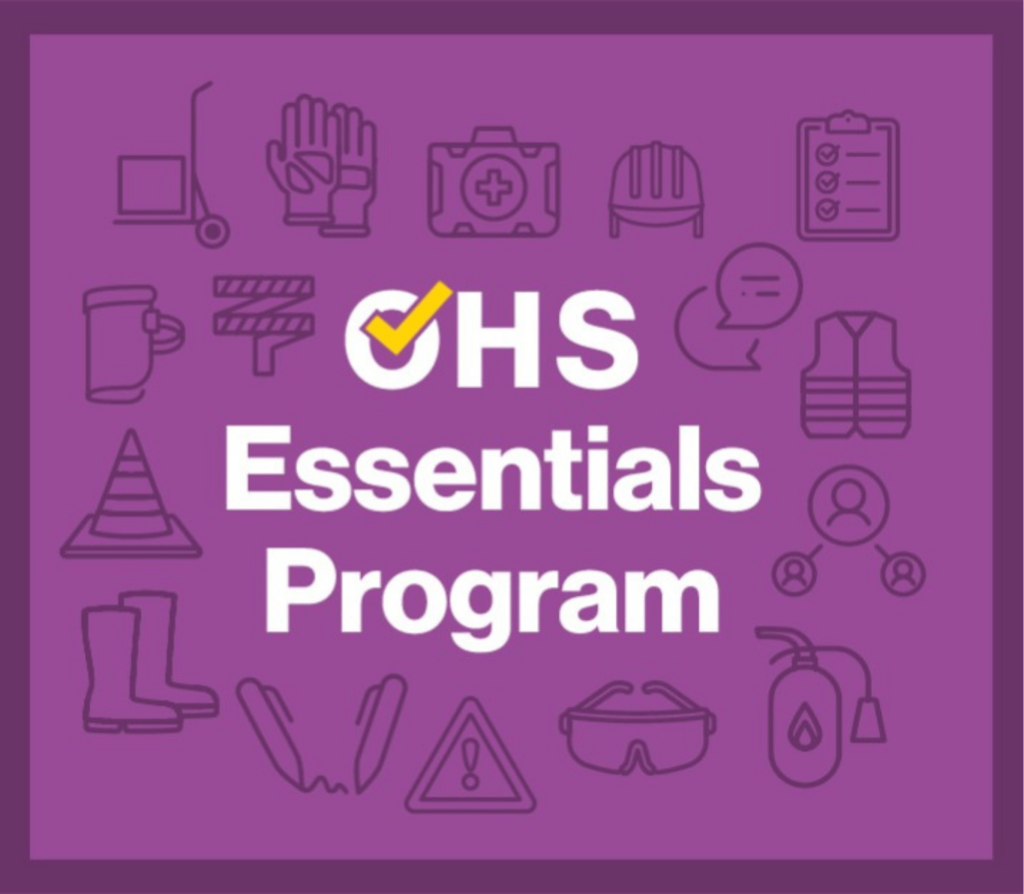In the last issue I summarised messages from the keynote and research presentations at VDC’s recent VET National Teaching & Learning Conference. This time it’s the turn of the workshops. There were 3 of them and they were repeated 3 times in the course of the conference. I’ve tried to capture some of the essence of what was presented, hopefully successfully!
Workshop 1

The first, ‘Creating Optimal Learning Environments: Strategies for Authentic Learning & Excellence,’ was presented by Vanessa Trower from Nexperk. In it, she notes the need for safe, inclusive and positive learning environments.
Safe learning environments foster an atmosphere for intellectual risk-taking, expression and respect, she suggests. Likewise, she points that that it’s important to embrace the uniqueness and diversity of learners and promote participation and engagement through inclusive processes. Finally, the learning environment needs to foster a ‘growth mindset’ and nurture curiosity. It also needs to promote motivation, creativity and mutual support. In summary, good learning environments set people on learning journeys.
In Vanessa’s view, the learning journey is also not just about attaining competence, but rather moving beyond that to strive for mastery and innovation and then move to excellence demonstrated by consistent high-level performance and continual personal growth.
Positive learning also occurs through:
- Building a Positive Learning Culture
- Positive Role Modelling
- Recognising and Rewarding Effort and Improvement
- Embracing the power of ‘Yet’
- Timely and Specific Support and Feedback
- The Power of Constructive Feedback
- Implementing Regular Check-ins and Feedback Cycles
- Utilising Peer Feedback
- Promoting Active Participation and Engagement
- The Role of Gamification and Interactive Learning
- Collaborative Learning and Group Activities, and
- Encouraging Critical Thinking and Creativity.
Workshop 2

The second workshop, ‘Implementing design patterns for quality learner experiences: a TAE case study’ was presented by Vicki Marchant from TAFE NSW. The first part of the workshop described the education design principles and patterns they have developed in NSW to date. They are based around being inclusive of diversity and culturally safe, having aligned learning and assessment, being active and engaging, using authentic job roles, tasks and contexts and, finally, being social and collaborative. So, a lot of the messages have synergies with Workshop 1!
Some of the education design patterns TAFE NSW have developed so far include:
- Align learning and assessment – constructive alignment and backwards design
- Skills-based design – activity-led, scaffolded content to engage learners in DOING
- Using a simulated workplace for authentic realistic learning
- Clustering to reduce duplication and unnecessary repetition
- Common topics so content is developed once and reused
- Integrate knowledge in skills assessment
- Design for multiple contexts (e.g. units in multiple qualifications)
Others are under development.
What makes this approach work, she suggests, is ‘keeping the learner glasses on’ and keeping a focus on universal design principles for learning (UDL) and accessibility.
In passing, I note that the ultimate goal of UDL is for all learners to become “expert learners.”
Workshop 3

Finally, Kevin Ekendahl, the CEO of Audit Express, presented a workshop entitled ‘From Compliance to Excellence: Unleashing the Power of Academic Governance and Self- Assurance in VET’. He covered three things: academic governance, self-assurance and developing a ‘culture of excellence’.
Academic governance involves the “processes, standards and responsibilities regarding effective academic oversight of the quality of teaching, learning and assessment”, including:
- monitoring benchmarking
- academic leadership
- competent advice to the organisation’s Board on academic matters.
In relation to ensuring the quality of teaching and learning, this includes effective policy review; scrutinising courses, including learning resources and assessment tools; setting benchmarks for academic quality and outcomes; evaluating educational innovations; evaluating the monitoring, review and improvement of academic activities and finally effective reporting to the organisation’s Board on the quality of teaching & learning.
Kevin pointed out that self-assurance, in ASQA’s terms, include that “providers have systems in place to critically examine their performance against the Standards and training outcomes, on an ongoing basis, to identify ways to continuously improve. This requires effective controls, however.
Excellence involves high quality, exceptional performance, consistency, innovation and adaptability, continuous improvement and leadership in their field. However, it’s a journey, Kevin suggests, and “developing a culture of continuous improvement is an ongoing journey that requires patience and perseverance.” “It’s [also] about fostering a mindset where change is embraced, learning is prioritised, and the pursuit of excellence is a shared goal throughout the organisation.”








